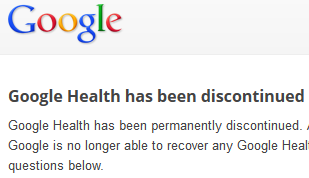Health and Google: A Unique Search Experience
The percentage of people who use internet search to find health information is enormous. According to a September 2012 survey, 72% of people used the internet to find health information, and the vast majority begins with a search engine versus an actual website. As a search specialist for the most popular health site online, my job is to try to make our content visible to these curious consumers so that they find answers to their questions.
Google knows the value of these searchers, and has taken advantage of the opportunity to change up search results a bit. For example, if you search for a symptom like “joint pain,” Google first serves up ads, then a list of related health conditions that link back to their site source. This is where that familiar list of 10 blue links appears. Notice here there’s no knowledge graph to the right. The same basic experience happens when you search for another common symptom, “vomiting.” 
If you search for “migraine,” you won’t get the list of conditions above the blue links. Instead, you get a knowledge graph to the right with related searches in the box. Some searches include video, images, or news in the universal results.
Basically, my point is to pay attention to these little details. Google is known for testing things that can change how your result appears and may impact your traffic. For example, a while back, Google promoted certain sites’ content above all the natural search results. They called it the “Health OneBox,” and it quickly became a big issue for anyone not chosen by Google to be included in it. Google also tried their hand at providing their own health content, with little success (Google Health, anyone?).
Should you halt everything and change up your strategy when you see a change? I wouldn’t. Stay calm, because these things happen all the time. But pay attention. What is the goal of the test? Is Google trying to promote certain types of content? Is your content measuring up to changing algorithm standards?
Finally, I recommend testing the things that Google recommends or hints might be important. Many of these changes can have a huge impact. Here are a few to look into to help your site’s content visibility.
301 Redirects for Expired Content
And as always, do your research to know what searchers want to know, and write your content with them in mind.
About the Author:
Guest Blogger & SEO Specialist
Laura Lee has been an SEO Specialist with WebMD for the past 6 years. Her specialties include content management, SEO, SEM, social media, and link development. Prior to that, Laura was an English major and WebMD editorial team contractor.



